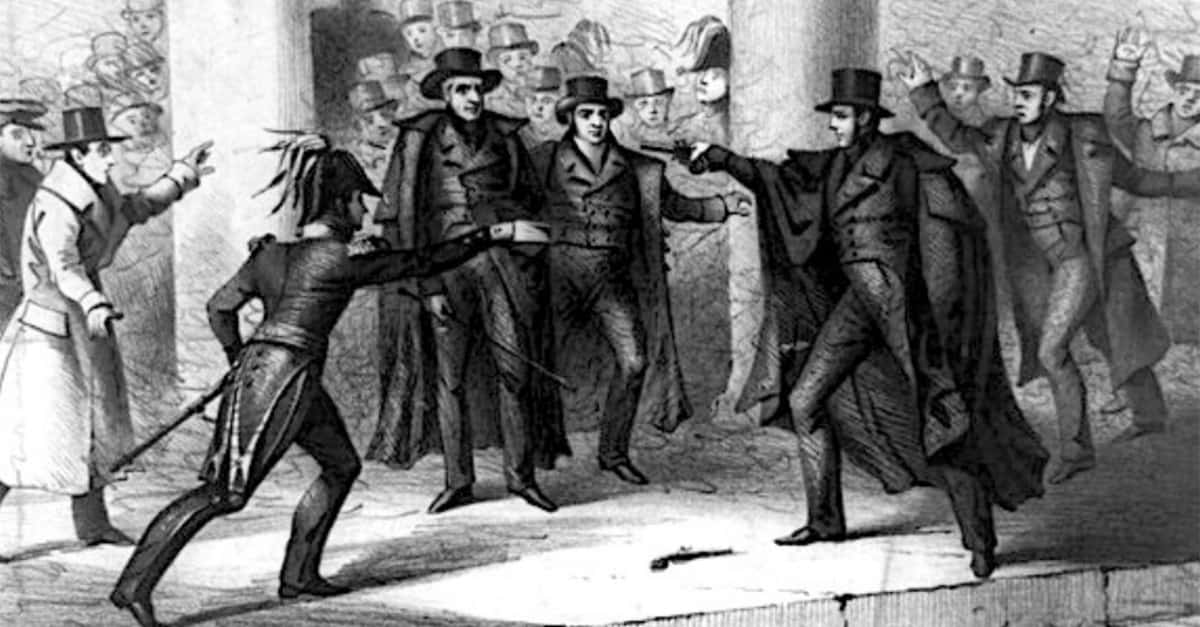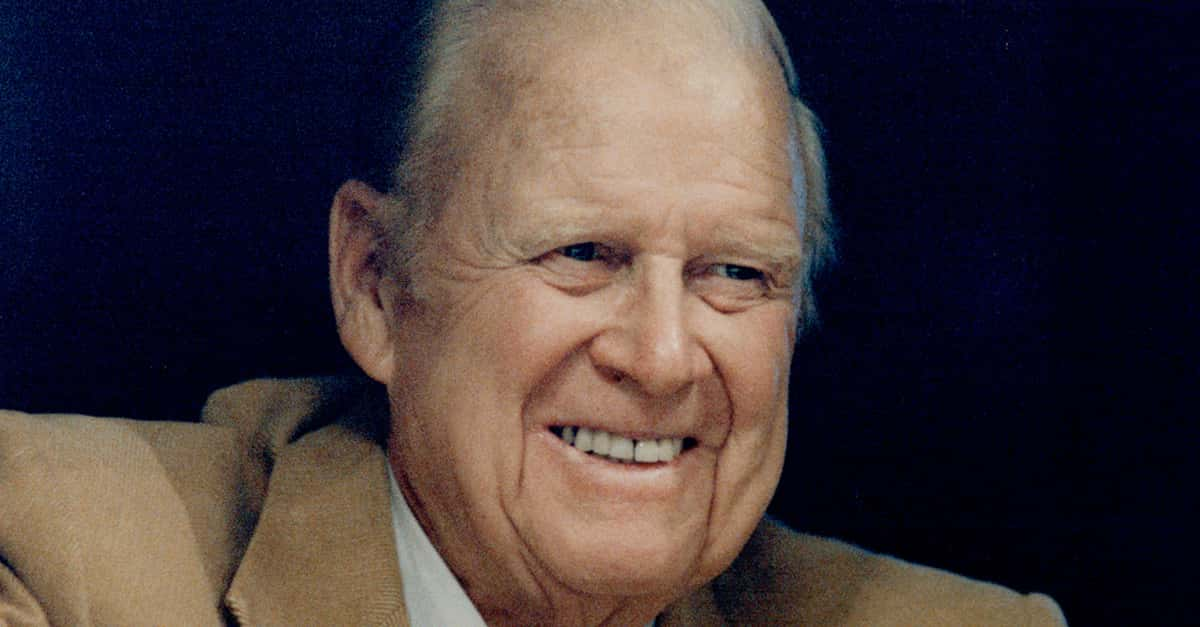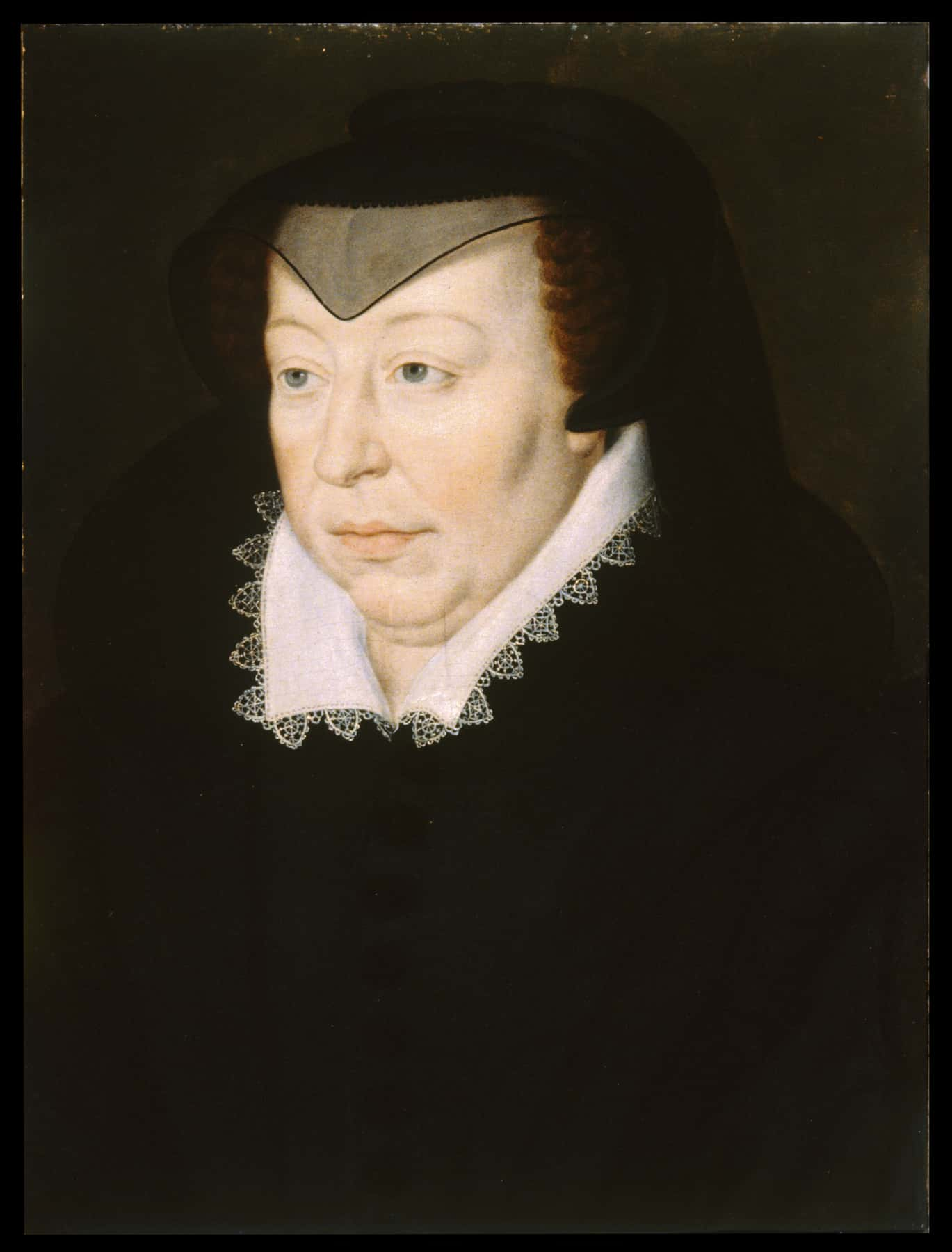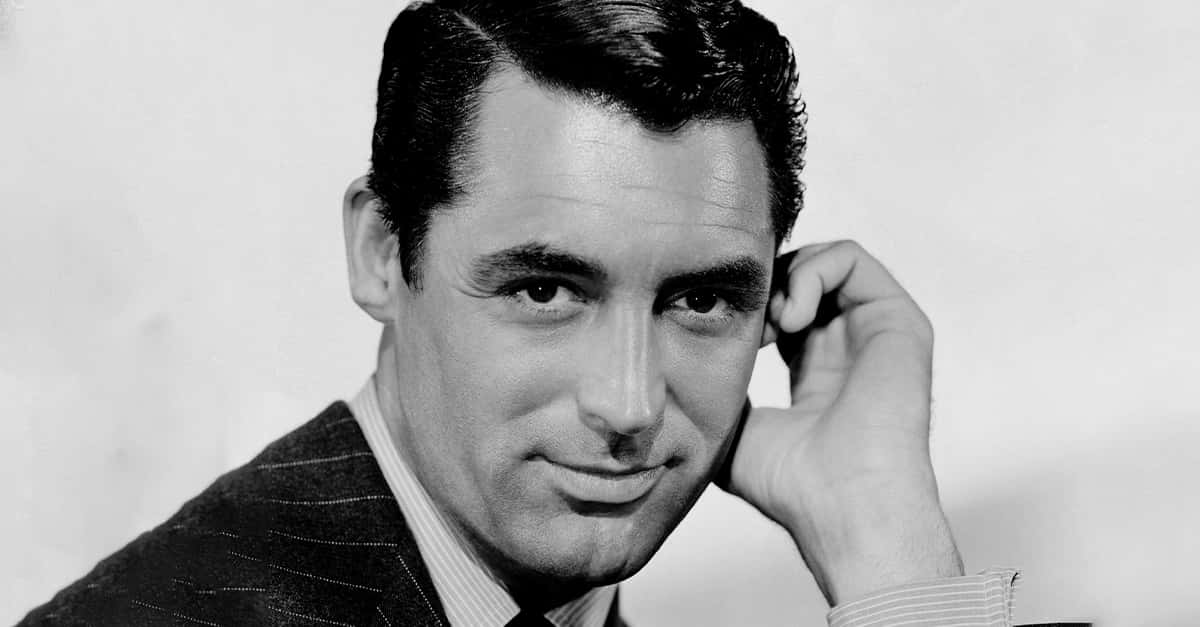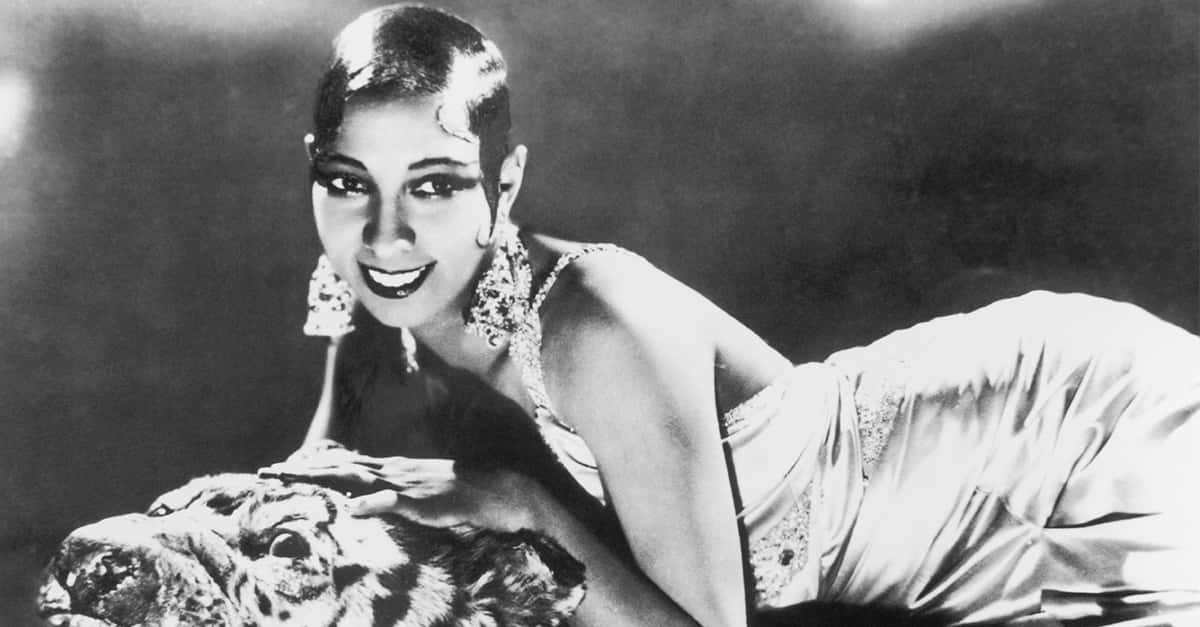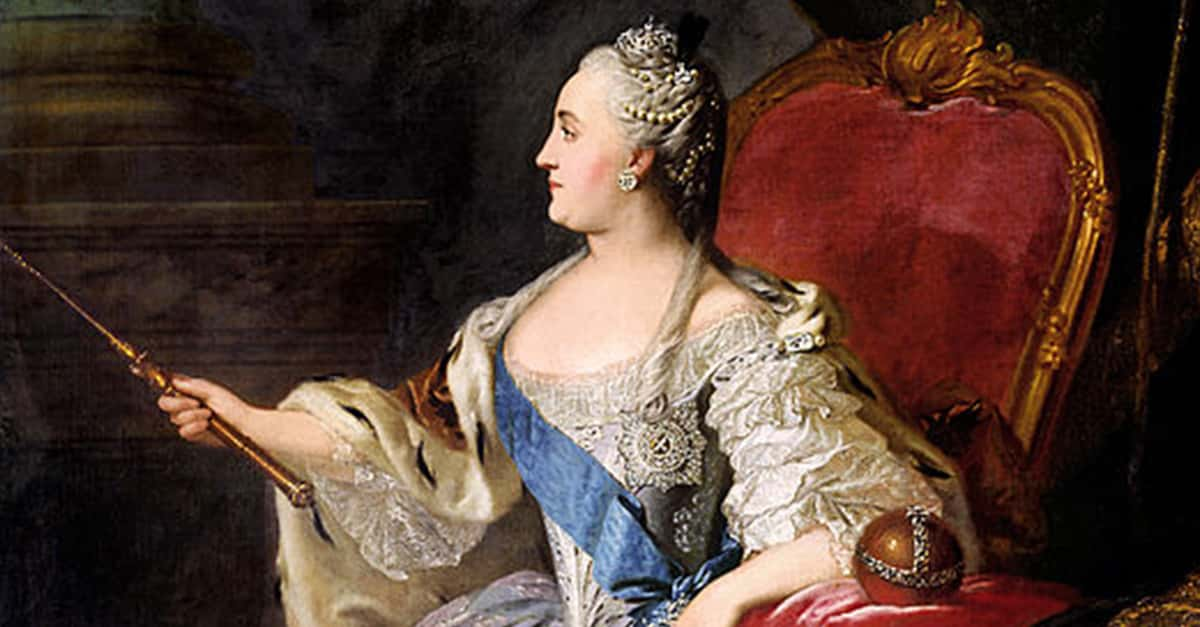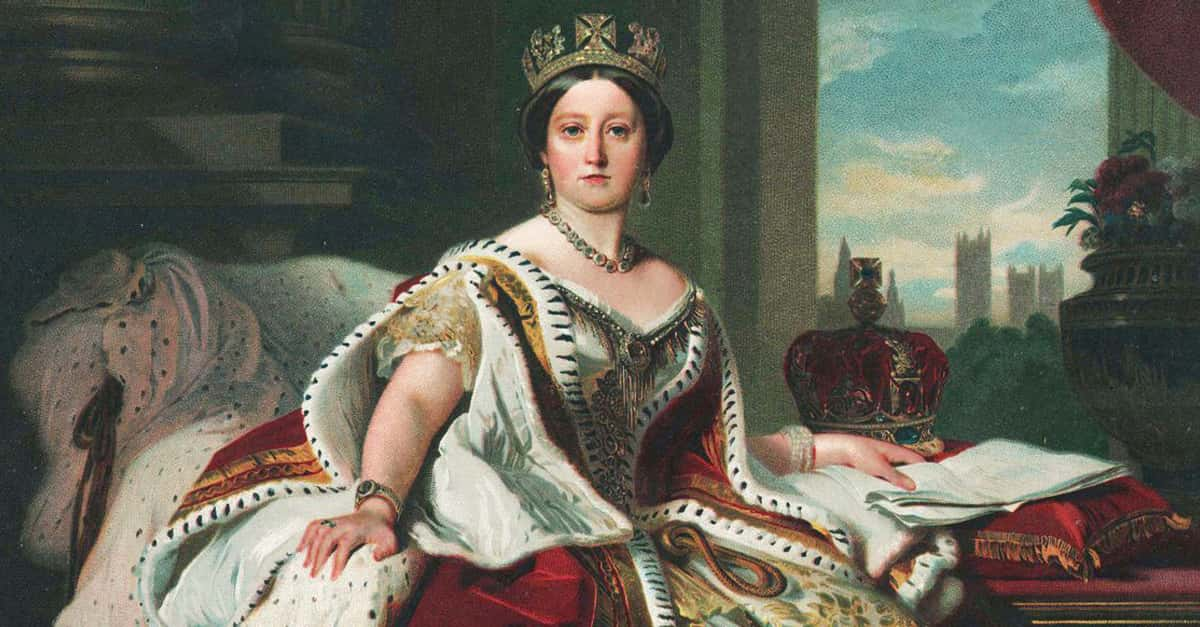When it comes to historical firsts, some are more desirable than others. After all, everyone looks back fondly on Neil Armstrong, the first man to walk on the moon, or Marie Curie, the first woman to win the Nobel Prize. But not all “first” achievements are quite as admirable. Take, for example, Richard Lawrence. Lawrence was a house painter originally from England, and the first known person to attempt to assassinate a sitting US President.
Lawrence emigrated to the US with his family at the age of 12, settling just outside of Washington, DC. He was a reserved and upstanding young man—but sometime around his 30th year, he began to change and exhibit disturbing behavior. First, he told his family that he was going back to England, only to show up again and claim it was too cold.
He then left again, but ended up in Philadelphia, where he claimed he read stories in the paper that insulted his character. The delusional behavior continued when he returned to Washington, DC again and told his siblings that the government owed him a large chunk of change. Why did they owe him so much? Well, according to Lawrence, it was because he was Richard III of England, the king who had died in 1485, some 350 years before.
Lawrence believed that President Andrew Jackson’s policies were preventing him from receiving the money he was owed through his “royal” estates. At this time, his delusions took an even darker turn, and he began to abuse his sisters and the family’s servants. Then, on January 30, 1835, things came to a bizarre head.
As President Jackson exited a funeral, Lawrence tried to shoot him twice with two different pistols, but both misfired. Jackson then beat his attempted assassin with his cane until the crowd subdued Lawrence.
During his trial, Richard Lawrence made a number of wild outbursts, and ultimately, the jury came up with a verdict of “not guilty by reason of insanity”—but the story doesn’t end there. President Jackson believed that Lawrence may have been part of a larger conspiracy spurred on by his political enemies. But this paranoia may have been unfounded, and the truth much simpler: Some modern historians believe that Lawrence’s mental illness and paranoia may have been caused by the toxic chemicals in the paint that he used to use at work.
Sources: 1

